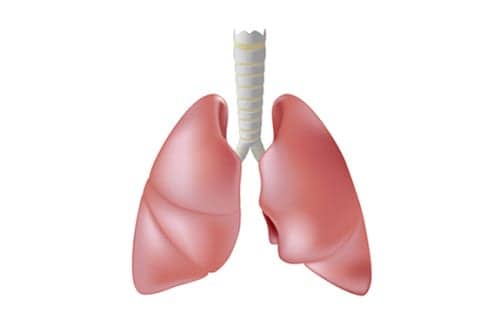New research from Arizona State University’s Biodesign Institute explores a radical approach to addressing the problems of transplantation potential and repairing scarred lungs is under investigation.
The team builds upon previous research that removes the cells from a donor lung extracted from a cadaver, reseeds the remaining decellularized scaffold with stem cells from the patient, allows the cells to adhere to the scaffold, grow and mature into the different cell types found in the functioning lung, and then transplants the freshly developed, functioning organ in a living organism.
The desired future outcome of such work would be a fully functioning lung built from the organ recipient’s own cells, therefore avoiding graft-host rejection. Although current research involves use of animal cells and scaffolds, the potential for translation to the clinic is an area of active research.
The new study, which was published online in PLOS ONE, demonstrates a number of critical advantages to conducting the cell re-population process in a dynamic suspension culture, in which the cells are allowed to gently tumble as they re-seed the decellularized lung. The research was jointly funded by NIH, NASA, and a Mayo Clinic-ASU seed grant.
“There is an urgent need for the development of lab-engineered lungs from patient stem cells that are suitable for both transplantation and as predictive models for biomedical research to probe the links between cell function and respiratory disease,” lead researcher Cheryl Nickerson said.
While not a reality for humans at this time, if successful in the future, this regenerative medicine approach holds the potential for a paradigm-shifting advance for sufferers of otherwise incurable lung disease, the researchers say.
Currently, the approach is being explored in animal models. The decellularization process is accomplished by sequentially treating lung tissues with specialized detergents, salts and enzymes. These act to remove the cellular material of the lung, leaving just the stripped-down extracellular matrix – a kind of scaffolding on which the new lung will be constructed using stem cells from the recipient.
To date, studies in which decellularized lungs from rodents were recellularized and transplanted showed marginal success in generating functioning pulmonary tissue. Experimental efforts have thus far demonstrated only partial recellularization of alveoli, airways and pulmonary vasculature. Though the fundamental approach appears sound, significant hurdles remain before the strategy can be applied to humans.









